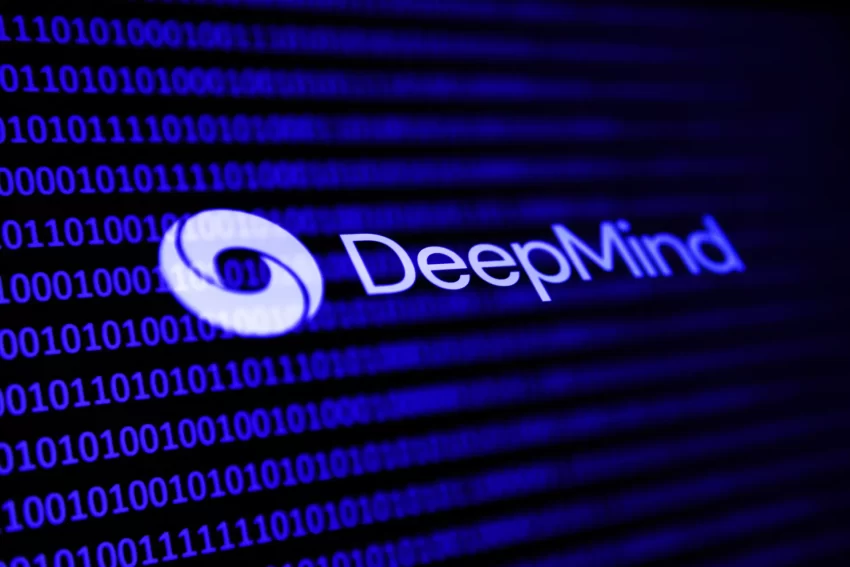The landscape of artificial intelligence and robotics is evolving at breakneck speed, and Google DeepMind’s latest innovation is a testament to this rapid progress. Their “Google helper” robot, powered by the Gemini language model, represents a significant leap forward in combining large language models (LLMs) with physical robotics.
As an industry expert, I’m particularly excited about the implications of this development. Here’s why it matters:
- Bridging the Digital-Physical Divide
The integration of Gemini, a model capable of processing both video and text data, into a physical robot marks a crucial step in bringing AI out of the purely digital realm. This robot can interpret its environment and follow complex instructions involving common-sense reasoning, effectively bridging the gap between digital intelligence and physical action. - Enhanced Human-Robot Interaction
The ability of the “Google helper” to function as a tour guide and assistant in office environments showcases the potential for more natural and intuitive human-robot interactions. This could revolutionize how we work alongside machines in various settings, from offices to factories and beyond. - Expanding the Scope of LLMs
We’ve seen large language models dominate the digital space, but their application in robotics opens up a whole new frontier. This development demonstrates that LLMs can extend far beyond chatbots and text generation, potentially transforming industries that rely on physical labor and complex decision-making. - Vision Language Models: A Game-Changer
The incorporation of vision language models, which process image and video data alongside text, is particularly noteworthy. This allows robots to tackle complex tasks requiring perception without the need for predefined maps or specific navigation commands. The implications for autonomous systems are enormous. - Catalyzing Investment and Innovation
The success of this project is likely to accelerate investment in AI-driven robotics startups. We’re witnessing a surge of interest from both academic and industry experts, which could lead to rapid advancements in the field and the emergence of new, innovative applications. - Future Applications and Challenges
As researchers explore the potential of applying Gemini across various robotic platforms, we can anticipate more nuanced interactions in real-world scenarios. However, this also raises important questions about safety, ethics, and the societal impact of increasingly autonomous and intelligent machines.
This development is not just about creating smarter robots; it’s about reimagining the relationship between humans and machines. As AI becomes more adept at understanding and interacting with the physical world, we’re entering an era where the lines between human and machine capabilities are increasingly blurred.
For professionals in tech, robotics, and related fields, this is a crucial time to engage with these developments. Here are some key questions to consider:
- How might this technology reshape your industry or role?
- What ethical considerations should guide the development and deployment of AI-powered robots?
- How can we ensure that the benefits of this technology are distributed equitably?
As we stand on the brink of this robotics revolution, it’s essential that we approach these advancements with both excitement and responsibility. The potential for positive impact is immense, but so too are the challenges we must navigate.
What are your thoughts on this development? How do you see AI-powered robotics shaping the future of work and society? Let’s continue this important conversation in the comments.
AIInRobotics #FutureOfWork #TechInnovation #HumanMachineInteraction
Source: https://www.wired.com/story/google-deepmind-ai-robot
